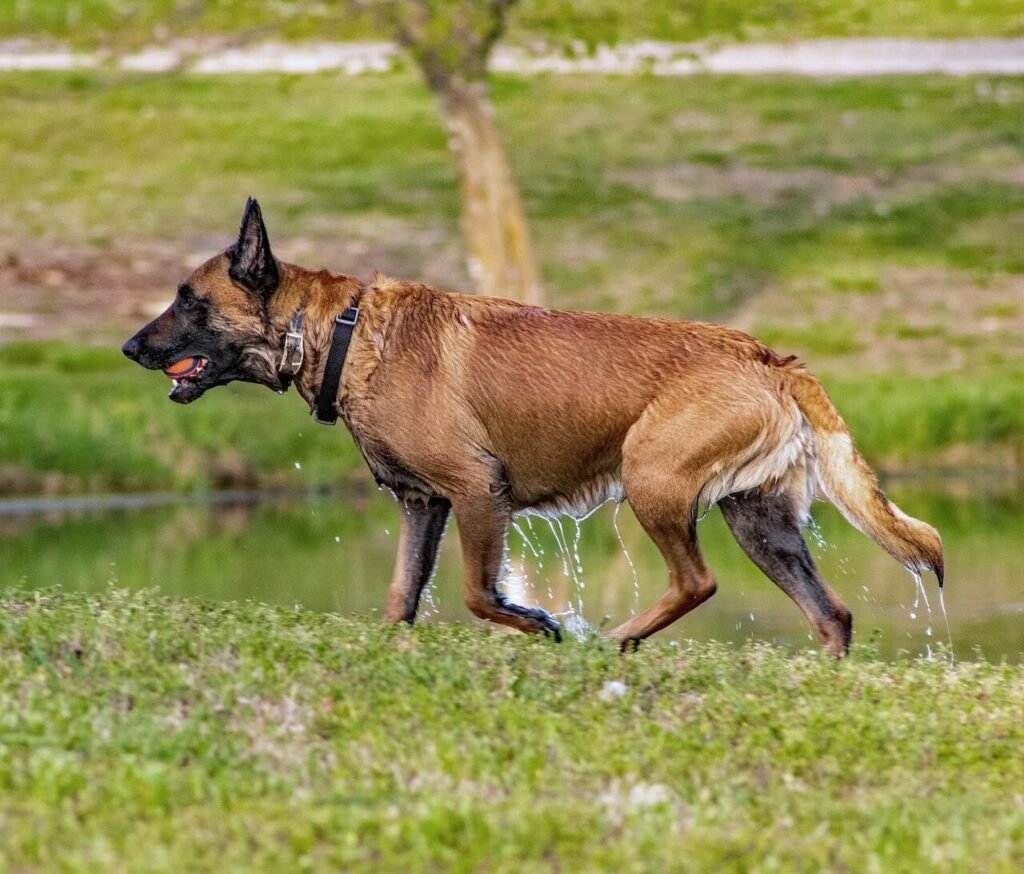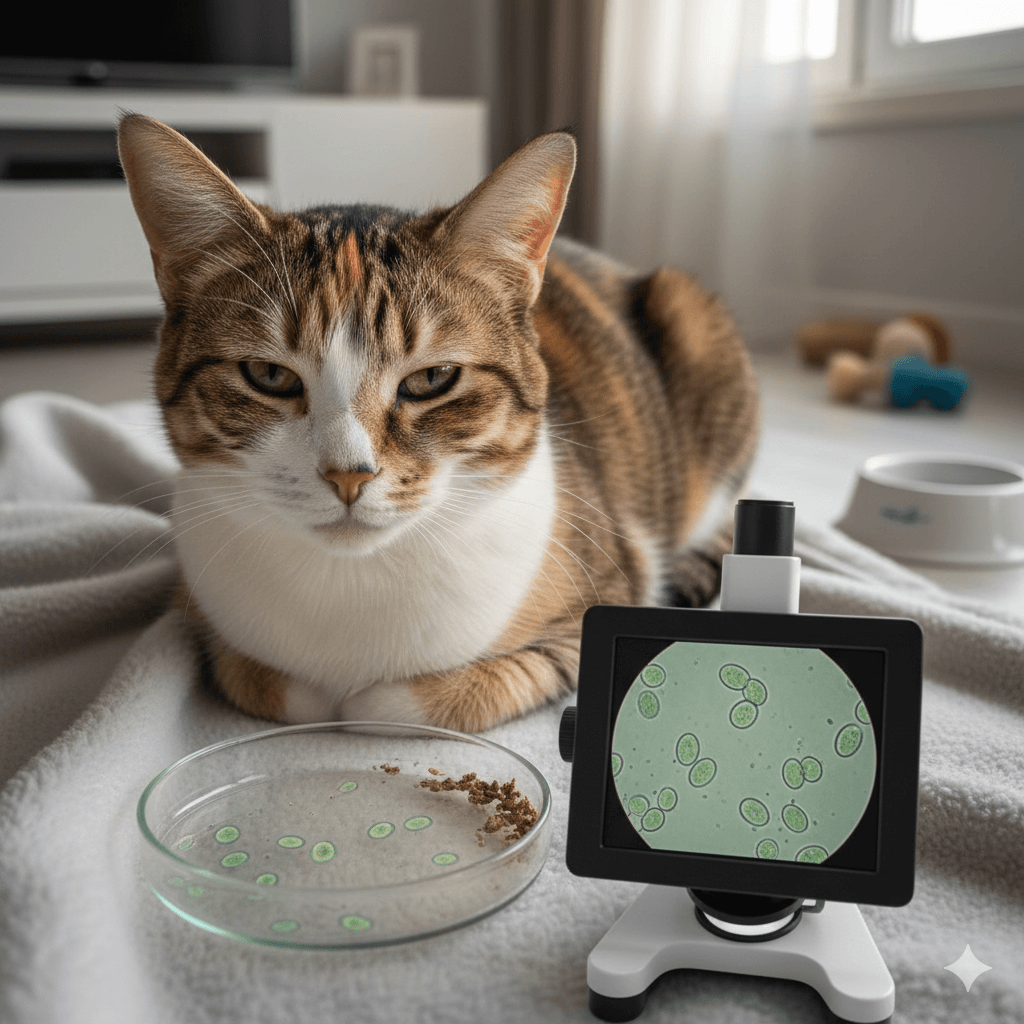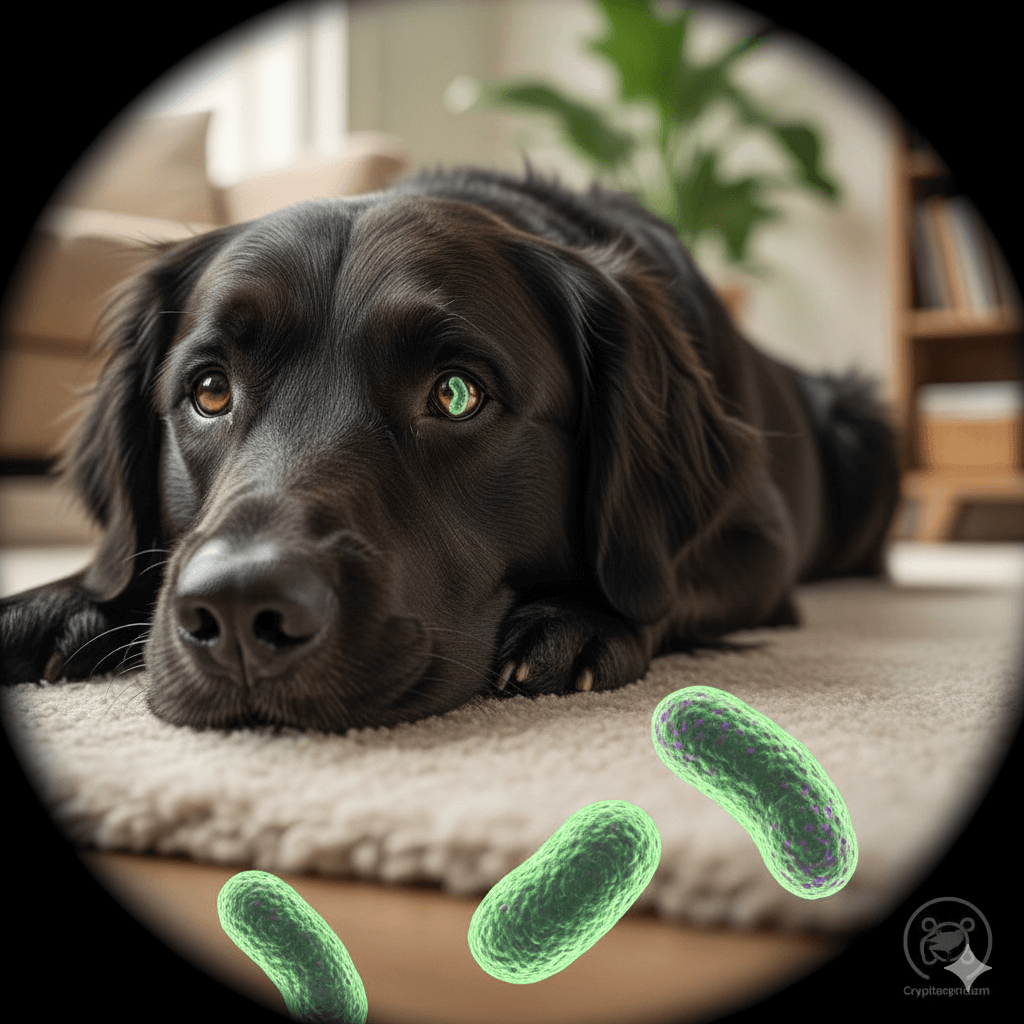Homemade Hydrolyzed Protein Dog Food: A Nutritious Solution for Your Pup
If your dog suffers from food allergies, digestive issues, or sensitivities, you’re likely familiar with the term “hydrolyzed protein.” This specialized form of protein is broken down into smaller components, making it easier for dogs to digest and reducing the risk of triggering allergic reactions. While commercial hydrolyzed protein dog foods are available, many pet owners prefer homemade options to ensure complete control over ingredients and quality.
In this blog post, we’ll explore everything you need to know about preparing homemade hydrolyzed protein dog food. From understanding its benefits to step-by-step recipes, you’ll discover how to provide your furry friend with a nutritious and hypoallergenic diet. Let’s dive in and learn how to create meals that support your dog’s health and happiness.
Why Choose Homemade Hydrolyzed Protein Dog Food? Key Benefits
Switching to homemade hydrolyzed protein dog food can make a world of difference for pets with dietary challenges. This approach offers numerous advantages, ensuring your dog receives the nutrients they need without the additives or allergens found in some commercial brands. Here’s why homemade hydrolyzed protein dog food is worth considering.
Tailored Nutrition:
You can customize recipes to meet your dog’s specific dietary needs, whether they require additional vitamins, minerals, or calories.Reduced Allergen Exposure:
By using hydrolyzed proteins, you minimize the risk of triggering allergic reactions, such as itching, ear infections, or gastrointestinal upset.Improved Digestibility:
Hydrolyzed proteins are broken down into smaller molecules, making them easier for sensitive stomachs to process.No Artificial Additives:
Preparing food at home allows you to avoid harmful preservatives, artificial colors, and fillers often found in store-bought options.Cost-Effective in the Long Run:
While initial ingredient costs may seem high, homemade meals can save money by reducing vet visits related to poor nutrition or allergies.
By choosing homemade hydrolyzed protein dog food, you take an active role in your dog’s health and well-being. It’s a rewarding way to ensure they thrive on a diet free from unnecessary irritants.
Essential Ingredients for Homemade Hydrolyzed Protein Dog Food
Creating balanced and nutritious homemade dog food starts with selecting the right ingredients. When working with hydrolyzed proteins, it’s crucial to pair them with complementary nutrients to support overall health. Below, we outline the essential components of a homemade hydrolyzed protein dog food recipe.
Hydrolyzed Protein Sources:
Common options include hydrolyzed chicken, turkey, or beef, which are widely available in health food stores or online.Carbohydrates for Energy:
Incorporate easily digestible carbs like sweet potatoes, rice, or oats to provide energy and fiber.Healthy Fats:
Add omega-3-rich oils, such as fish oil or flaxseed oil, to promote skin health and reduce inflammation.Vegetables for Vitamins:
Include nutrient-dense vegetables like carrots, spinach, or green beans to supply essential vitamins and antioxidants.Calcium and Minerals:
Use supplements like calcium carbonate or bone meal to ensure proper bone development and muscle function.
With these ingredients, you can create a well-rounded meal that supports your dog’s immune system, digestion, and overall vitality. Always consult your veterinarian before introducing new foods to confirm they meet your pet’s unique needs.
Check this guide 👉Hydrolyzed Protein Dog Food Alternative: Best 7 Tips!
Check this guide 👉Top 5 Premium Hydrolyzed Dog Foods for Ultimate Health!

Key Ingredient Categories | Examples of Foods to Use |
|---|---|
Hydrolyzed Proteins | Hydrolyzed chicken, turkey, beef |
Carbohydrates | Sweet potatoes, brown rice, quinoa |
Healthy Fats | Fish oil, coconut oil, olive oil |
Vegetables | Carrots, spinach, zucchini |
Supplements | Calcium carbonate, vitamin E |
Step-by-Step Guide to Preparing Homemade Hydrolyzed Protein Dog Food
Preparing homemade hydrolyzed protein dog food is simpler than it might seem. With a bit of planning and attention to detail, you can whip up delicious and healthy meals for your pup. Follow these steps to get started.
Consult Your Veterinarian:
Before beginning, discuss your dog’s dietary needs and any potential allergies to ensure your recipe is safe and effective.Gather Ingredients:
Purchase high-quality hydrolyzed proteins and other recommended ingredients to create a balanced meal.Cook Proteins Thoroughly:
Even though hydrolyzed proteins are pre-processed, cooking them ensures safety and enhances palatability.Prepare Vegetables Carefully:
Steam or lightly boil vegetables to retain nutrients while making them easier to digest.Mix and Store Properly:
Combine all ingredients in appropriate proportions and store portions in airtight containers in the refrigerator or freezer.
By following these steps, you can confidently prepare homemade hydrolyzed protein dog food that meets your pet’s nutritional requirements. Remember, consistency is key to seeing improvements in their health.
Common Mistakes to Avoid When Making Homemade Hydrolyzed Protein Dog Food
While homemade dog food offers many benefits, there are pitfalls to watch out for. Avoiding these common mistakes ensures your dog receives a safe and nutritious diet.
Skipping Veterinary Guidance:
Never assume your recipe is complete without professional input—your vet can help tailor it to your dog’s needs.Overlooking Portion Control:
Feeding too much or too little can lead to weight issues or malnutrition. Measure portions carefully based on your dog’s size and activity level.Using Unsafe Ingredients:
Avoid toxic foods like onions, garlic, grapes, or chocolate, even if they seem harmless.Neglecting Variety:
Rotating ingredients prevents boredom and ensures your dog gets a wide range of nutrients.Improper Storage:
Failing to refrigerate or freeze meals promptly can lead to spoilage and foodborne illnesses.
By steering clear of these mistakes, you’ll create meals that are not only nutritious but also safe and enjoyable for your dog.
Signs Your Dog May Benefit from Hydrolyzed Protein
If you’re unsure whether your dog needs hydrolyzed protein, look for signs that indicate dietary sensitivities or allergies. Here are some common indicators.
Excessive Itching or Scratching:
Persistent scratching, especially around the ears or paws, could signal a food allergy.Chronic Ear Infections:
Recurring ear problems often stem from underlying food sensitivities.Gastrointestinal Issues:
Frequent vomiting or diarrhea may point to difficulty digesting certain proteins.Red or Inflamed Skin:
Skin irritation or hot spots can result from allergic reactions to food ingredients.Weight Loss or Poor Coat Condition:
Nutritional deficiencies caused by food intolerances can affect your dog’s appearance and energy levels.
Recognizing these signs can help you determine if switching to hydrolyzed protein dog food is the right choice for your pet. Early intervention often leads to better outcomes.
Tips for Transitioning to Homemade Hydrolyzed Protein Dog Food
Transitioning your dog to a new diet requires patience and care. Follow these tips to ensure a smooth adjustment period.
Gradual Introduction:
Mix small amounts of the new food with their current diet, gradually increasing the proportion over 7-10 days.Monitor for Reactions:
Watch for any adverse reactions, such as vomiting or diarrhea, during the transition phase.Maintain Consistency:
Stick to the same recipe and feeding schedule to avoid confusing your dog’s digestive system.Encourage Hydration:
Ensure your dog drinks plenty of water to aid digestion and prevent dehydration.Reward Positive Behavior:
Offer praise or treats (made from safe ingredients) to encourage acceptance of the new food.
A thoughtful transition minimizes stress and sets the stage for long-term success with homemade hydrolyzed protein dog food.
Creative Ways to Enhance Homemade Dog Food
Adding variety to your dog’s meals keeps them excited about mealtime while boosting nutritional value. Try these creative ideas to enhance homemade hydrolyzed protein dog food.
Incorporate Broths:
Use low-sodium chicken or beef broth to add flavor and moisture to dry meals.Add Fresh Herbs:
Parsley, basil, or cilantro can provide antioxidants and freshen breath naturally.Include Probiotics:
Plain yogurt or kefir supports gut health and aids digestion.Experiment with Textures:
Mix mashed, shredded, or finely chopped ingredients to create interesting textures.Freeze Treat Portions:
Freeze small portions of food in ice cube trays for a refreshing snack during warmer months.
These enhancements not only improve taste but also contribute to your dog’s overall health and enjoyment of their meals.
Frequently Asked Questions About Homemade Hydrolyzed Protein Dog Food
What is hydrolyzed protein, and why is it beneficial?
Hydrolyzed protein is broken down into smaller molecules, making it easier to digest and less likely to trigger allergies.
Can I use regular meat instead of hydrolyzed protein?
Regular meat may still cause allergic reactions in sensitive dogs, so hydrolyzed protein is preferred for hypoallergenic diets.
How often should I feed my dog homemade hydrolyzed protein meals?
Typically, twice daily feeding is recommended, but consult your vet for personalized advice.
Is homemade dog food more expensive than commercial options?
While initial costs may be higher, long-term savings come from reduced vet bills due to improved health.
Can I add supplements to homemade dog food?
Yes, supplements like calcium, omega-3s, and vitamins are often necessary to ensure a balanced diet.
Nourish Your Dog Naturally: The Benefits of Homemade Hydrolyzed Protein Dog Food
Feeding your dog homemade hydrolyzed protein dog food is a thoughtful and proactive way to support their health. Whether managing allergies, improving digestion, or simply providing a wholesome diet, this approach empowers you to take control of what goes into your pet’s bowl. With careful planning, quality ingredients, and veterinary guidance, you can create meals that keep your dog happy, healthy, and thriving. Remember, every bite you prepare is an investment in their well-being and your bond together. Start today, and watch your furry friend flourish!
Understanding Cryptosporidium in Cats: Best 7 Expert Tips! – Spot symptoms, treat safely, and stop parasite spread in your home.
Understanding Cryptosporidium in Dogs: Best 7 Expert Tips! – Learn symptoms, treatment & prevention for this stubborn gut parasite.
Understanding Syringomyelia in Cats: Best 7 Expert Tips! – Recognize signs, manage pain, and support your cat’s neurological health with vet-backed guidance.
Understanding Syringomyelia in Dogs: Best 7 Expert Tips! – Expert insights on symptoms, MRI diagnosis, pain management & quality of life.





